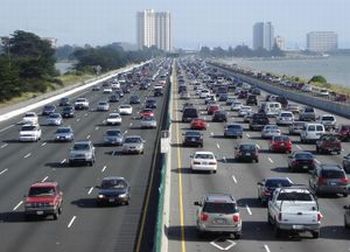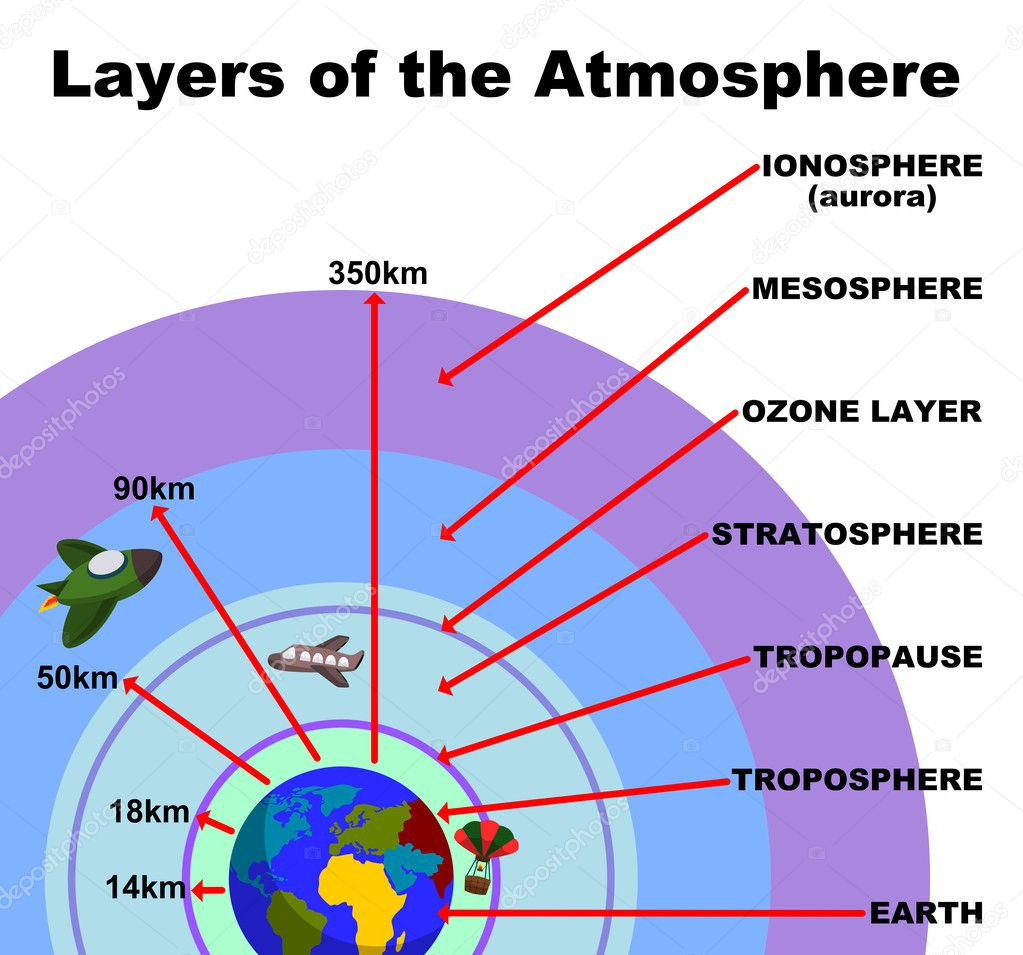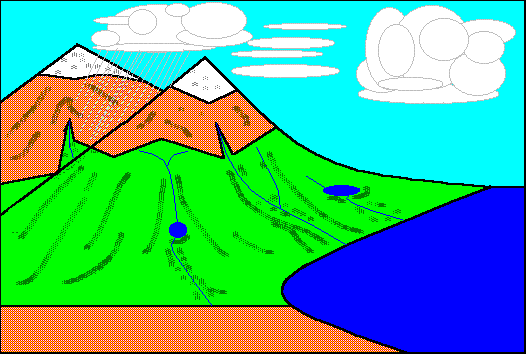ENVIRONMENTAL LAWS AND POLICIES
Bio 425/426/427 (Environmental Issues and Policies)
P.D. 984 – Pollution Control Law
P.D. 1151 – Philippine Environmental Policy
- defines the general policies on he pursuit of a better quality of life for the present and future generations and mandates the undertaking the environmental impact assessments for all projects, which may significantly affect the environment.
P.D. 1152 – Philippine Environmental Policy
- defines the policy objectives and the strategies for the various aspects of environmental management, such as air and water quality management, natural source development, land management, and waste management. It launches a comprehensive national program of environmental protection and management, with reference to policies and standards of noise, air quality, water quality, classification of water and waste management.
P.D. 1586 – defines the framework for the implementation of the environmental impact assessment as the mechanism to reconcile the impacts of development projects on society and the physical environment.
P.D. 389 (P.D. 705) – The Forestry Reform Code
- codifies, updates and raises forestry laws in the country. It emphasizes the sustainable utilization of forest resources.
P.D. 330 & P.D. 953 – laws on penalizing illegal cutting of trees
P.D. 953 & 1153 – laws on tree planting
P.D. 331- laws requiring all public forests be developed on a sustained yield basis.
P.D. 704 – preservation of optimum productivity of fishery resources through conservation and protection.
P.D. 1015 – banning the operation of commercial fishing within a distance of 7 kilometers from the shoreline.
P.D. 1058 – increasing the penalties for illegal forms of fishing.
P.D. 1219 – providing for the protection of coral ecosystems.
P.D. 1067 – Water Code of the Philippines
- adopts adequate measures to conserve and regulate the use of water in commercial, industrial and residential areas. It also provides other policy guidelines in water quality and management of water resources.
P.D. 463 – amended the Mining Act of 1936, requires all mining leaseholders to comply with Pollution Control Laws and regulations and provide for penalties for noncompliance.
P.D. 1198 – reinforces this provision for restoration of mined-out areas to this original condition to the extent possible.
P.D. 1251 – imposes fines on tailings and mine wastes and the fund generated is used to pay for the damages to land, agricultural crops, forests products, aquatic resources and infrastructures caused by pollution for mining operations.
P.D. 984 – The Pollution Control Law
P.D. 1181 (supplements the provision of P.D. 984) – providing for the abatement, control and prevention of vehicular pollution & establishing the maximum allowance emissions of specific air pollutants from all types of vehicle.
P.D. 600 ( amended by P.D. 979) – Water Pollution Control
- prohibits the discharge of oil, noxious liquid substances, and other harmful substances into the country’s inland and territorial waters.
P.D. 825 – prohibits the improper disposal of garbage
P.D. 856 – Sanitation Code
- places the responsibility in the local government units for he solid waste management in his area of production.
P.D. 1144 – Control of Pesticides
R.A. 8749 – Philippine Clean Air Act of 1999
- provides for a comprehensive air pollution control policy
R.A – 3720 – Food Additives
R.A. 6425 – Drugs
R.A 280 – Cosmetics
R.A. 7160 – Local Government Code of 1991
-provides that local government should share with the national government the responsibility in the management and maintenance of ecological balance within their territorial jurisdiction subject to national policies and other pertinent provisions of the code.
R.A. 6969 – Toxic Substances and Hazardous and Nuclear Wastes Control Act
- authorizes the DENR to establish a program to regulate, restrict or prohibit the importation, manufacture, processing, sale, destruction, use and disposal of chemical substances, and mixture that present unreasonable risk and/or injury to health or the environment.
R.A. 8550 – The Fisheries Code of the Philippines
- defines the policies of the state in the protection, conservation and effective management of fisheries stock as well as identifying allowable fishing methods in Philippine coastal waters.
R.A. 9003 – The Solid Waste Management Act of 2001- an act providing for an ecological solid waste management program, creating the necessary institutional mechanisms and incentives, declaring certain acts prohibited and providing penalties, appropriating funds therefor, and for other purposes.
R.A. 9275- also known as the Philippine Clean Water Act of 2004 – an act providing a comprehensive water quality management and for other purposes.
R.A. 9729 – also known as the Climate Change Act of 2009. - an act mainstreaming climate change into government policy formulations, establishing the framework strategy and program on climate change, creating for this purpose the climate change commission, and for other purposes.
All I can say is that, We as a community member of this country should take part in obeying this Laws. Not only for the environment but also for us people. Because if we don't obey this laws, we are going to be affected. For example, if we do illegal logging, we destroy our environment and this cutting of trees could result in flash floods, etc. Just look at the risk that we are going to do. AND PLEASE THINK BEFORE YOU ACT!


























